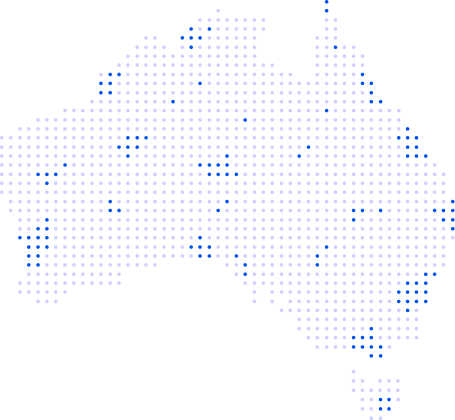Aave: Rediscovering Strong Fundamentals
 8 minutes
8 minutes

 8 minutes
8 minutes

The crypto market is shifting back to fundamentals. As the noise fades, investors are refocusing on protocols with real utility, steady usage and a track record of reliability. Aave stands out in this environment. With billions in assets, a strong security history and growing integrations, it shows that decentralised lending still has a clear role to play. By making it easy to lend and borrow without banks or middlemen, Aave continues to prove its value in a more grounded and mature DeFi landscape.
At its core, Aave is a decentralised liquidity protocol built on Ethereum. Users supply assets such as ETH, stablecoins or wrapped tokens, which can then be borrowed by others. All loans are over-collateralised, meaning borrowers must deposit more value than they withdraw. This safety mechanism is built into the code and automatically sells off a borrower’s crypto if its value drops too much. That way, lenders are protected and don’t lose their money.

The entire system operates without intermediaries. There are no banks, no approval processes and no middlemen. Smart contracts execute deposits, withdrawals and loan repayments automatically. This model proved particularly resilient during past crypto downturns when several centralised lenders failed. Aave’s contracts continued operating without interruption, helping to preserve depositor funds through volatile conditions.
Aave is the largest DeFi lending protocol by a wide margin. It currently holds approximately AUD $108.3 billion (US $69.7 billion) in total value locked. The next closest competitor, Morpho, holds around AUD $17.7 billion (US $11.4 billion), making Aave’s lead undeniable.
It is also one of the highest revenue-generating protocols in the entire crypto ecosystem, earning roughly AUD $4.7 million (US $3 million) per week. In terms of earnings, only major stablecoin issuers like USDT and USDC, along with decentralised exchanges, surpass it.
 AAVE is among the top 10 for daily fees earned
AAVE is among the top 10 for daily fees earned
A project being widely used and generating this level of revenue is something worth paying attention to. In an industry full of experiments and hype, Aave is showing what real traction looks like.
Integrating with Aave means tapping into its trusted smart contracts and global user base. These connections extend Aave’s reach while enabling other projects to build on a secure and proven foundation.
Here are just three of the many integrations helping expand Aave’s footprint across the crypto ecosystem:
World Liberty Financial (WLFI) is set to launch a dedicated front-end built on top of Aave v3. Rather than creating its own lending protocol, WLFI will use Aave’s smart contracts and liquidity, while offering users a custom-branded interface. Although the platform hasn’t gone live yet, the partnership signals how Aave is becoming core infrastructure for branded DeFi offerings.
Ripple’s RLUSD stablecoin is also gaining traction within Aave. RLUSD can be used as collateral on the Aave protocol, offering Ripple ecosystem participants direct access to Ethereum-native DeFi. This move shows Ripple leaning into decentralised finance by tapping into Aave’s trusted smart contracts.
 Ripple is announcing its partnership with AAVE on X
Ripple is announcing its partnership with AAVE on X
MetaMask has integrated Aave directly into its wallet interface, allowing users to deposit assets and earn yield without leaving the app. All activity still routes through Aave’s smart contracts, but MetaMask simplifies the experience for everyday users. This front-end access helps expand Aave’s reach, making decentralised lending more accessible to a wider audience.
 Metamasks X account announcing how much money is earning yield through its AAVE integration
Metamasks X account announcing how much money is earning yield through its AAVE integration
Aave’s continued evolution demonstrates the maturing of decentralised finance. It combines security, scalability and adaptability at a time when many protocols are struggling to maintain relevance. Its integration with household crypto tools like MetaMask and institutional-grade partnerships such as WLFI and Ripple make it more than just a lending protocol. It is becoming infrastructure for a decentralised financial future.
